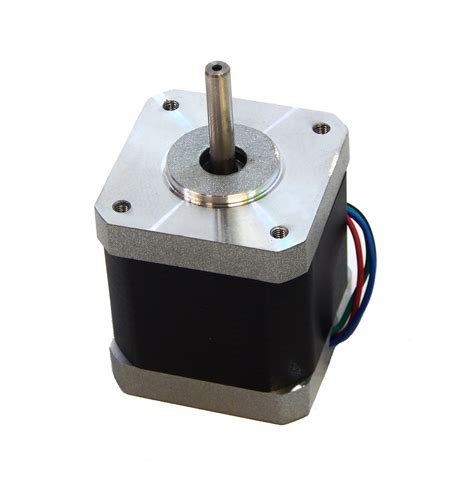
ALL ABOUT FLEX PCB
-
 Read more: NEMA 17- The High Torque Stepper Motor Working Principle
Read more: NEMA 17- The High Torque Stepper Motor Working PrincipleIntroduction to Stepper Motors Stepper motors are a type of electric motor that can precisely control the position, speed, and direction of rotation. Unlike conventional DC motors, which rotate continuously when a fixed DC voltage is applied to their terminals, stepper motors rotate in discrete steps. This unique feature makes […]
-
IC4017: A Beginner’s Complete Guide
Posted by
–
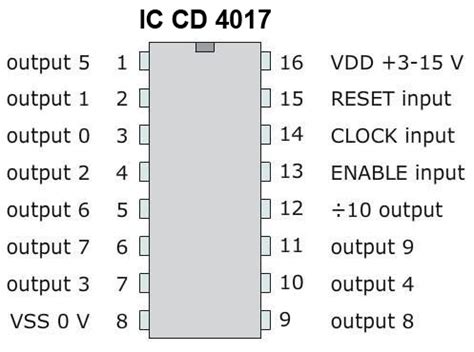 Read more: IC4017: A Beginner’s Complete Guide
Read more: IC4017: A Beginner’s Complete GuideIntroduction to IC4017 The IC4017 is a popular integrated circuit (IC) that functions as a decade counter and Johnson counter. It is widely used in electronic projects and applications that require counting, sequencing, or dividing frequencies. In this comprehensive guide, we will explore the features, pinout, working principle, and various […]
-
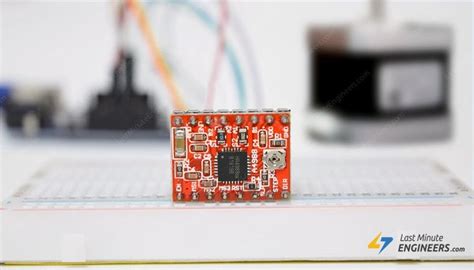 Read more: A4988 Pinout: Ultimate Guide for its Features, Operations, Pinouts, and More!
Read more: A4988 Pinout: Ultimate Guide for its Features, Operations, Pinouts, and More!What is the A4988 Stepper Motor Driver? The A4988 is a complete microstepping motor driver with built-in translator for easy operation. It is designed to operate bipolar stepper motors in full-, half-, quarter-, eighth-, and sixteenth-step modes, allowing for precise positioning and smooth motion control. The driver features adjustable current […]
-
Robot Wheels: Adding Mobility to Your Projects
Posted by
–
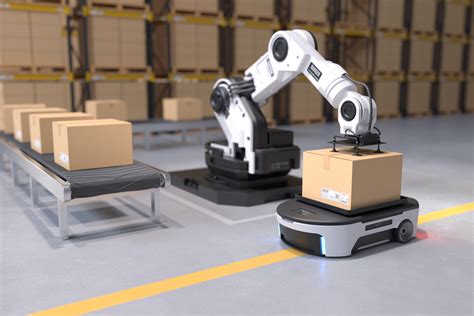 Read more: Robot Wheels: Adding Mobility to Your Projects
Read more: Robot Wheels: Adding Mobility to Your ProjectsTypes of Robot Wheels Standard Wheels Standard wheels are the most common type of wheels used in robotics projects. They are simple, affordable, and easy to implement. These wheels are typically made of plastic or rubber and have a cylindrical shape with a flat surface that contacts the ground. Standard […]
-
 Read more: Surface Mount-Types of SMD(Surface Mount Device) Packages
Read more: Surface Mount-Types of SMD(Surface Mount Device) PackagesWhat are SMD Packages? Surface-mount device (SMD) packages are a type of packaging for electronic components that are designed to be mounted directly onto the surface of a printed circuit board (PCB). SMD packages have largely replaced through-hole mounting in most applications due to their smaller size, lower cost, and […]
-
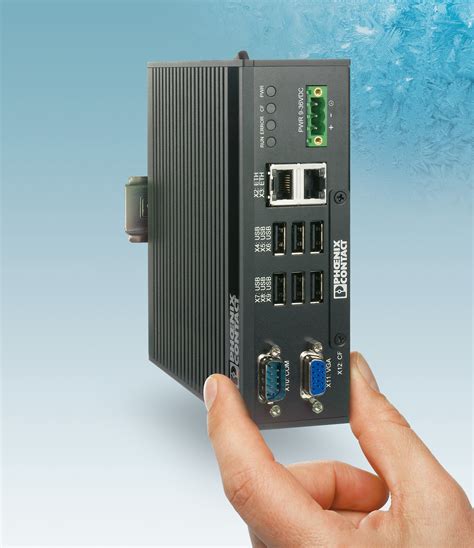 Read more: Embedded Computers- Parts, Use, Types, and Examples
Read more: Embedded Computers- Parts, Use, Types, and ExamplesIntroduction to Embedded Computers Embedded computers are specialized computer systems designed to perform specific functions within a larger mechanical or electrical system. Unlike general-purpose computers, such as personal computers or servers, embedded computers are typically dedicated to a single task or a set of related tasks. These systems are found […]
-
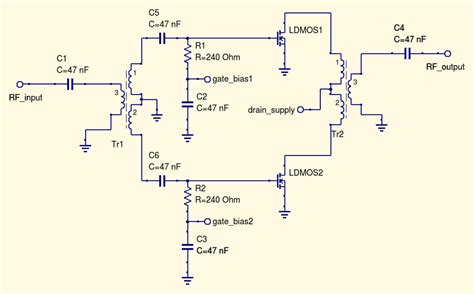 Read more: Push-Pull Amplifier-Increasing The Power Of An Input Signal
Read more: Push-Pull Amplifier-Increasing The Power Of An Input SignalWhat is a Push-Pull Amplifier? A push-pull amplifier is an electronic circuit that uses two complementary transistors to amplify an input signal. The two transistors are connected in a way that one transistor amplifies the positive half of the input signal while the other amplifies the negative half. The output […]
-
D880 Transistor: What You Need to Know
Posted by
–
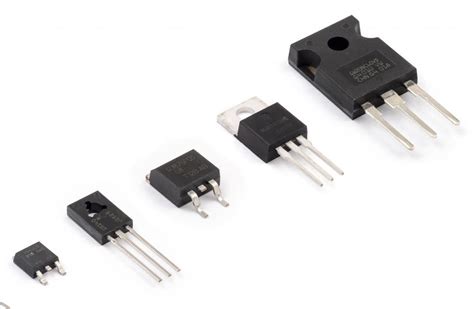 Read more: D880 Transistor: What You Need to Know
Read more: D880 Transistor: What You Need to KnowTransistor Overview The D880 is a type of bipolar junction transistor (BJT) commonly used in electronic circuits as an amplifier or switch. Transistors are fundamental building blocks in modern electronics, enabling the control and manipulation of electrical signals. The D880 transistor, in particular, is known for its reliability, high current […]
-
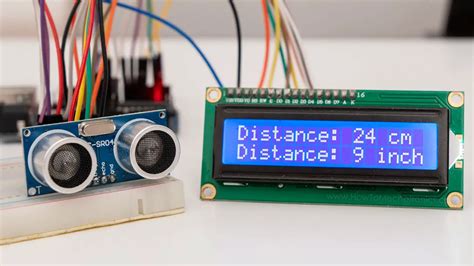 Read more: Arduino Ultrasonic Sensor-A Complete Guide on HC-SR04
Read more: Arduino Ultrasonic Sensor-A Complete Guide on HC-SR04Introduction to Arduino Ultrasonic Sensor The Arduino Ultrasonic Sensor, specifically the HC-SR04 model, is a popular choice among hobbyists and professionals alike for its ability to accurately measure distances using high-frequency sound waves. This sensor is widely used in various applications, such as robotics, automation, and object detection systems. In […]
-
Power Supply Bypassing of the PCBs
Posted by
–
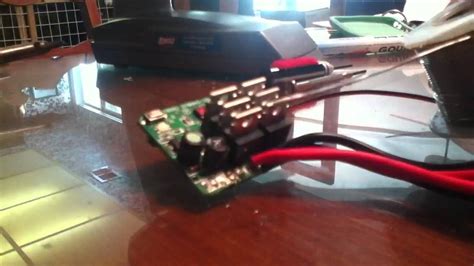 Read more: Power Supply Bypassing of the PCBs
Read more: Power Supply Bypassing of the PCBsWhat is Power Supply Bypassing and Why is it Important? Power supply bypassing, also known as decoupling, is a crucial technique used in printed circuit board (PCB) design to ensure stable and clean power delivery to electronic components. The primary goal of power supply bypassing is to reduce noise and […]




